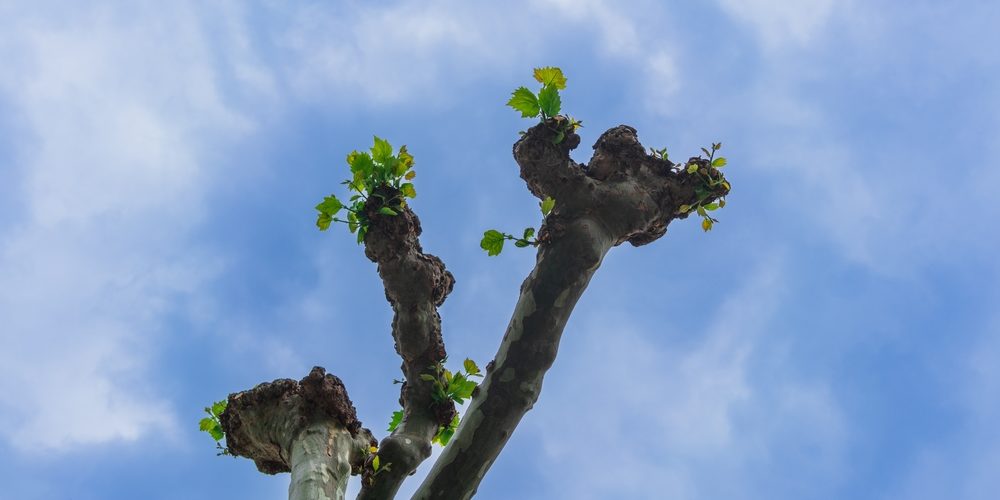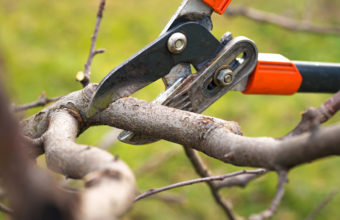Fixing a badly pruned tree involves patience, proper care, and sometimes the assistance of a professional arborist. The approach to recovery will depend on the extent of the damage and the tree’s species, age, and health.
Here are general steps and considerations for helping a tree recover from poor pruning…
Assess the Damage
- Immediate Care – Assess the tree for any immediate hazards, such as hanging or broken branches, that may pose a risk and need prompt removal.
- Evaluate the Tree’s Health – Determine the tree’s overall health and the extent of the pruning damage. This will help in planning the recovery process.
Encourage Strong Regrowth
- Proper Nutrition – Ensure the tree is well-nourished to support regrowth. This might involve applying a balanced fertilizer, but avoid over-fertilization, which can stress the tree and encourage weak growth.
- Adequate Watering – Provide adequate water, especially if the tree shows signs of stress or during dry periods. Be careful not to overwater, as this can lead to root rot.
Corrective Pruning
- Remove Hazardous Limbs – Safely remove any broken or hanging branches that pose immediate risks.
- Selective Pruning – As the tree begins to regrow, selectively prune shoots and branches that are poorly attached or that contribute to an undesirable structure. The goal is to encourage a strong, well-structured canopy over time.
- Timing – Wait until the tree has had some time to recover before starting corrective pruning. This might mean waiting a full growing season or more, depending on the tree’s condition.
Monitor and Protect
- Monitor for Pests and Diseases – Trees stressed from poor pruning are more susceptible to pests and diseases. Monitor the tree regularly and treat any infestations or infections promptly to prevent further damage.
- Protect the Tree from Further Stress – Avoid additional stressors such as soil compaction, chemical exposure, or physical damage to the trunk and roots.
Professional Assistance
- Consult an Arborist – If the tree is valuable or the damage is severe, consulting with a certified arborist can provide specific advice tailored to your tree’s needs. An arborist can also perform or recommend necessary treatments and corrective pruning techniques.
Long-Term Care
- Patience – Recovery from bad pruning can take several years, depending on the tree and the extent of the damage.
- Preventive Measures – Educate yourself on proper pruning techniques and timing for your specific tree species to prevent future pruning issues.
Recovering a badly pruned tree often requires a long-term commitment to its care. While not all trees can fully recover from severe pruning damage, many can regain their health and structure with the right approach and time.






